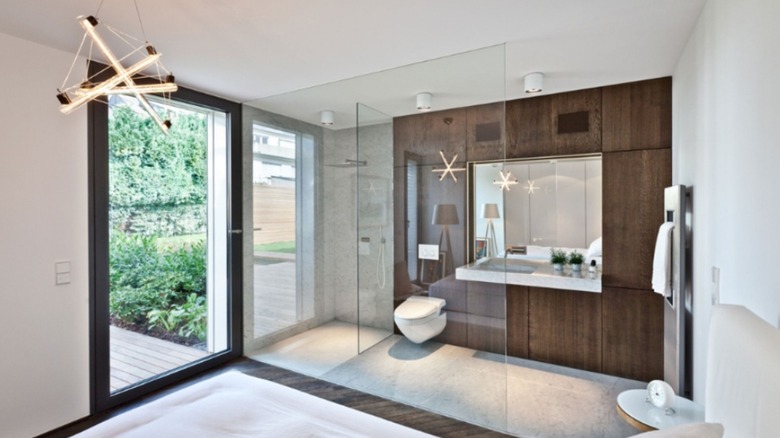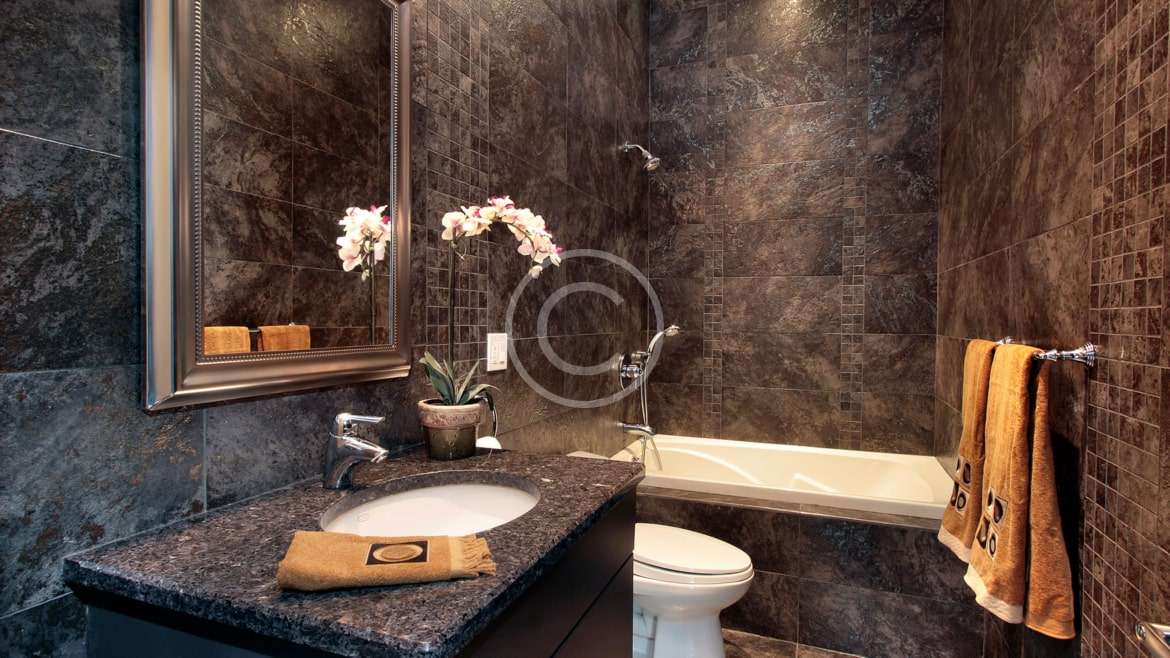In the rapidly evolving world of home technology, the bathroom has not been left behind. As Industry QA professionals, the integration of essential smart bathroom gear into our daily lives can significantly enhance both functionality and efficiency. This article will delve into the critical components of a smart bathroom, shedding light on how these innovations can transform your personal space into a sanctuary of comfort and sustainability.
Smart bathrooms are no longer a futuristic concept; they are a present-day reality. The idea of having a bathroom that anticipates your needs and optimizes resources is appealing not only for its convenience but also for its impact on energy conservation and sustainability. For those in the quality assurance sector, understanding these advancements is crucial, as it aligns with the industry's push towards more eco-friendly and efficient systems.

The Core Components of Smart Bathroom Gear
To truly appreciate the benefits of smart bathroom gear, it's essential to understand its core components. These include smart toilets, faucets, mirrors, showers, and lighting systems. Each of these elements plays a pivotal role in enhancing the overall bathroom experience while promoting sustainable living. For instance, smart toilets are designed to reduce water usage significantly, which is a critical factor in water conservation efforts. You can read more about this in The Role of Smart Toilets in Water Conservation.
Smart Toilets: A Leap Towards Efficiency
Smart toilets are at the forefront of bathroom innovation. They come equipped with features such as automatic flushing, bidet functions, and even integrated air purifiers. These toilets can detect when a user has finished and automatically flush, ensuring that water is used only when necessary. Additionally, the bidet functions reduce the need for toilet paper, which further contributes to environmental conservation.
Moreover, smart toilets often come with self-cleaning features, reducing the need for harsh cleaning chemicals. This not only makes maintenance easier but also promotes a healthier bathroom environment. For an in-depth look at how smart toilets contribute to water conservation, visit our article on The Role of Toilets in Water Conservation.
Smart Showers and Faucets: Water Usage Optimization
Smart showers and faucets are designed to provide a luxurious experience while minimizing water wastage. These devices can be programmed to deliver water at a specific temperature and flow rate, ensuring a comfortable and consistent experience. Some smart showers even have timers and notifications to encourage shorter showers, thus saving water.
Advanced faucets can detect motion and automatically turn on or off, preventing unnecessary water flow. They are especially beneficial in public restrooms or busy households where water wastage is a common issue. For more information on monitoring water usage in bathrooms, check out our insights on Smart Bathroom Water Usage Monitoring.
Smart Mirrors and Lighting: Enhancing User Experience
Smart mirrors and lighting systems add a touch of luxury and efficiency to modern bathrooms. Smart mirrors can display pertinent information such as weather updates, news, and even personal calendar events. They often come with built-in lighting that adjusts based on the time of day or personal preferences, creating the perfect ambiance for any occasion.
Smart lighting systems further enhance the bathroom experience by offering customizable lighting scenes and energy-efficient LED options. These systems can be controlled via smartphone apps or voice commands, allowing users to create a personalized and comfortable environment.
Integrating Smart Technology for a Sustainable Future
The integration of essential smart bathroom gear is not only about luxury but also about promoting sustainability. With global concerns about resource depletion and environmental impact, smart bathrooms provide a practical solution to reduce carbon footprints. By implementing these technologies, we can significantly cut down on water and energy consumption, contributing to a more sustainable future.
For those interested in designing an eco-friendly bathroom, resources like Eco-Friendly Smart Bathroom Design offer valuable insights.

FAQs: Smart Bathroom Gear
What are the benefits of smart bathroom technology?
Smart bathroom technology offers numerous benefits including water and energy efficiency, enhanced user convenience, and improved hygiene. These systems are designed to optimize resource usage, provide a personalized experience, and reduce environmental impact.
How do smart toilets contribute to water conservation?
Smart toilets use advanced flushing mechanisms that reduce water usage. They often include features like dual-flush options, motion sensors, and bidet functions, all of which contribute to significant water savings.
Are smart bathrooms cost-effective?
While the initial investment in smart bathroom technology can be higher than traditional options, the long-term savings on water and energy bills, as well as the reduction in maintenance costs, make them a cost-effective choice in the long run.
Smart bathroom technology is more than just a trend; it's a movement towards more efficient and sustainable living. As Industry QA professionals, staying informed about these advancements not only benefits our personal lives but also aligns with the broader goals of sustainability and innovation in our industry.






